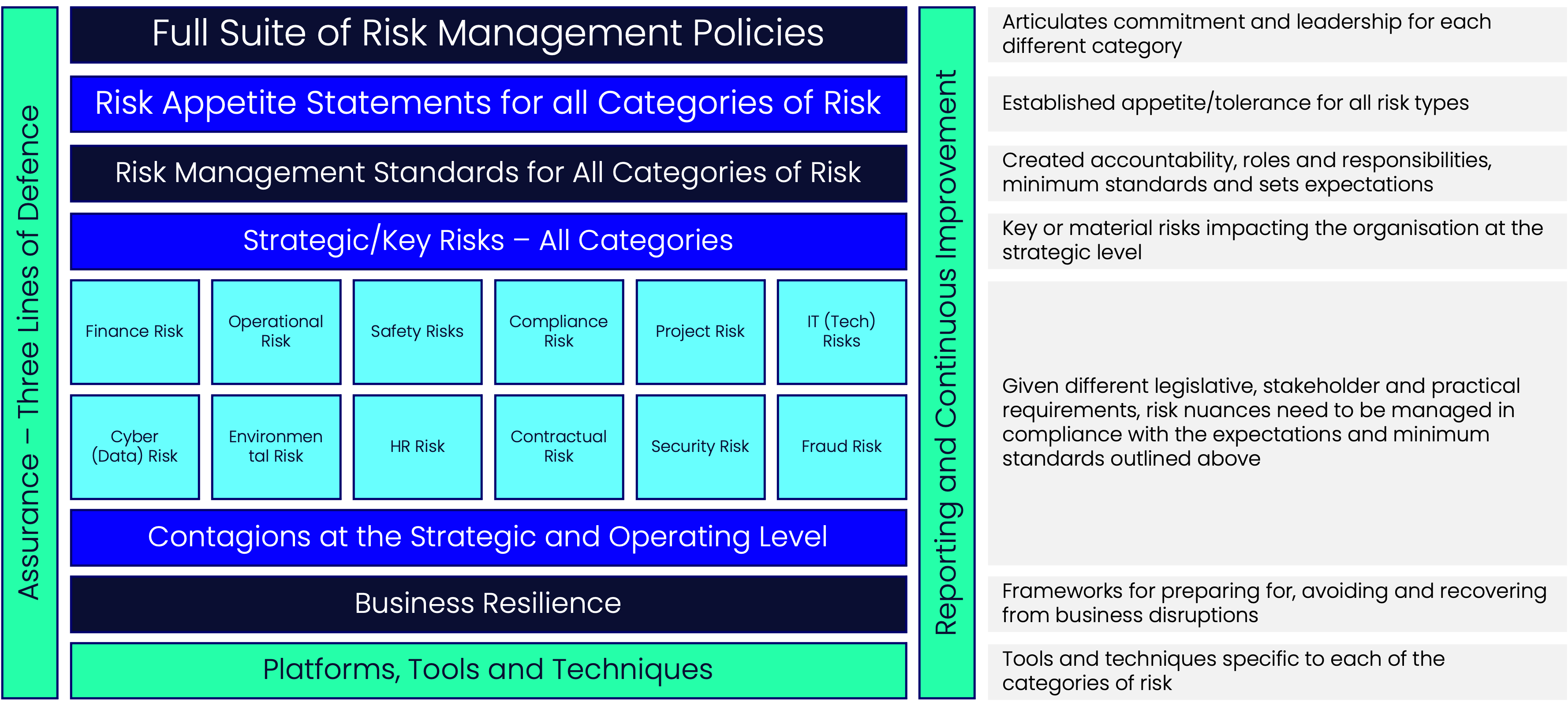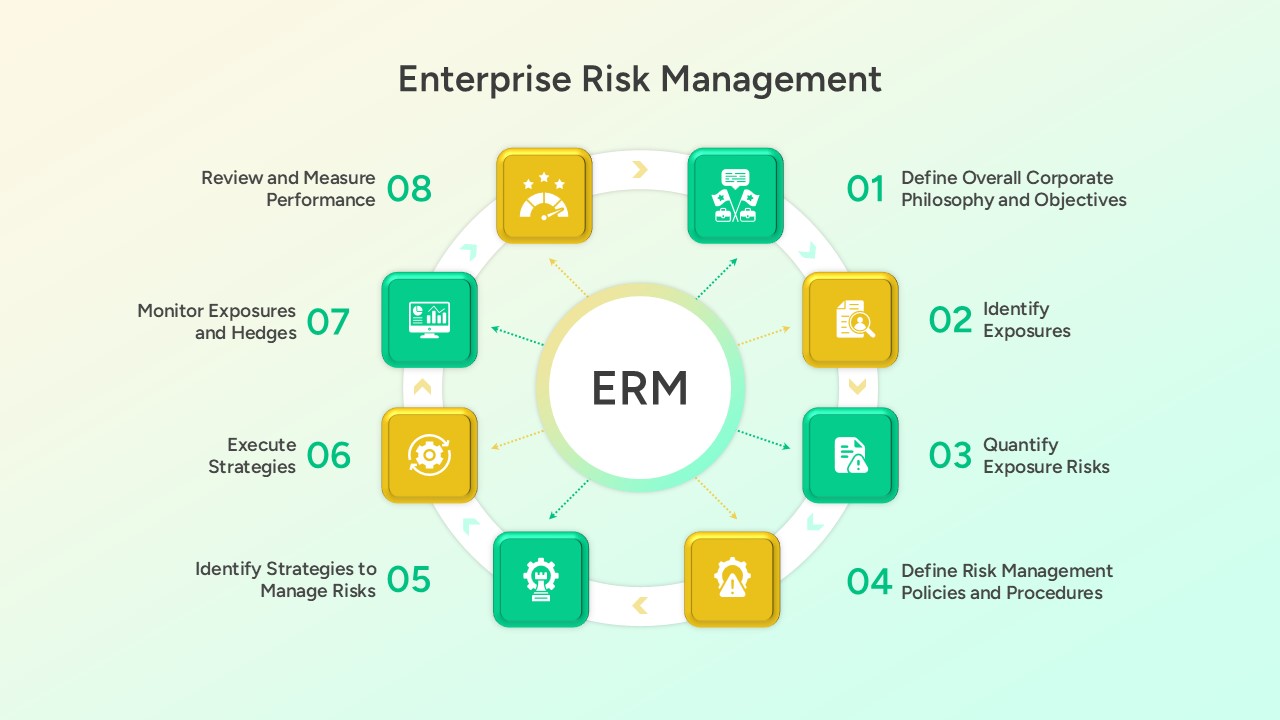How Ai-Driven Solutions Are Transforming Insider Danger Avoidance and Conformity in the Office
In today's electronic landscape, expert hazards pose significant risks to organizations. AI-driven services are emerging as critical devices in resolving these obstacles. By making use of innovative analytics and real-time monitoring, these technologies boost hazard discovery and simplify conformity monitoring. As firms take on these ingenious methods, the improvement of workplace safety ends up being obvious. Nevertheless, the ramifications of this shift raise critical inquiries concerning the future of business security and employee personal privacy.
Comprehending Insider Threats: The Expanding Danger in Modern Workplaces
As organizations significantly rely upon digital systems to manage delicate info, the risk of expert risks has come to be a pressing concern. Expert risks can emerge from workers, service providers, or organization partners who manipulate their access to delicate data for destructive functions. These hazards are especially challenging to alleviate due to the trust fund fundamental in employer-employee relationships.
Motivations for expert risks vary from monetary gain and individual grievances to ideological ideas. The consequences of such breaches can be extreme, consisting of financial loss, reputational damages, and lawful repercussions. Determining prospective expert risks is made complex by the subtle nature of their activities, which frequently mix seamlessly with typical organization operations.
Organizations needs to focus on comprehensive protection training and foster a culture of liability to combat these dangers. By recognizing the various sorts of expert dangers and their motivations, business can better prepare to carry out reliable preventative actions and safeguard their delicate details.

The Role of AI in Enhancing Hazard Detection
AI plays a vital role in improving threat discovery via the application of anticipating analytics and behavioral pattern recognition. By assessing vast quantities of information, AI systems can identify anomalies that might indicate potential expert hazards. This proactive technique permits companies to respond quickly to dangers prior to they escalate.
Predictive Analytics Application
While companies significantly count on digital possessions, the possibility for expert threats remains a considerable problem. Anticipating analytics implementation plays a vital function in resolving this concern by leveraging historic data to forecast potential risks. Insider threats. By examining trends and patterns, organizations can identify anomalies that may indicate malicious intent or dangerous habits among workers. These sophisticated AI-driven systems use maker discovering formulas to improve their anticipating abilities gradually, adjusting to new data inputs and developing risk landscapes. In addition, the proactive nature of predictive analytics permits companies to take preemptive actions, consequently lessening the danger of data breaches or conformity offenses. Eventually, the combination of predictive analytics improves an organization's overall security posture and sustains a much more durable workplace setting
Behavior Pattern Recognition
Recognizing and identifying behavior patterns is vital for enhancing threat discovery within organizations. AI-driven solutions utilize progressed algorithms to assess huge amounts of information, determining unusual actions a sign of potential expert threats. By continually keeping an eye on worker tasks, these systems can find discrepancies from developed patterns, such as modified accessibility to sensitive details or irregular interaction habits. This positive approach facilitates very early treatment, mitigating dangers prior to they intensify right into significant protection breaches. In addition, AI enhances the precision of hazard detection by decreasing false positives, permitting security teams to concentrate on genuine worries. As organizations progressively take on AI innovations, the assimilation of behavioral pattern recognition will certainly play a crucial function in reinforcing overall safety and conformity frameworks.
Proactive Compliance Administration Via AI Analytics
As organizations navigate progressively intricate governing landscapes, proactive compliance administration via AI analytics arises as an important method. AI-driven remedies facilitate the automation of compliance processes, allowing companies to recognize and resolve potential risks before they escalate (Insider threats). By evaluating big quantities of information, these systems can discover patterns and abnormalities that might show conformity violations or expert dangers
AI analytics enhance the performance of conformity training programs by customizing material to certain worker habits and danger elements. This customized method guarantees that compliance training is both appropriate and engaging, cultivating a society of responsibility within the organization.
Additionally, AI tools can simplify coverage and paperwork, decreasing the administrative worry on conformity teams. By offering real-time insights and anticipating analytics, companies can stay ahead of governing modifications and preserve a durable conformity position, ultimately lowering the danger of costly offenses and improving overall office safety and security.
Real-Time Monitoring and Feedback Abilities
Effective conformity management establishes the foundation for durable safety and security actions, but the vibrant nature of insider hazards necessitates real-time surveillance and reaction capacities. Organizations are progressively leveraging AI-driven solutions to preserve continual monitoring of customer habits and system tasks. This proactive strategy permits the instant identification of anomalies that might indicate prospective expert risks.
Real-time surveillance systems utilize sophisticated i loved this formulas to analyze huge quantities of data, allowing companies to spot questionable tasks as they occur. When irregular patterns are recognized, automated alerts can activate instantaneous responses, such as restricting accessibility or launching examinations. This speedy action lessens prospective damages and guarantees that organizations can attend to hazards quickly.
Additionally, incorporating these capacities within compliance frameworks enhances general protection stance, straightening with governing requirements while protecting sensitive info. Inevitably, real-time surveillance and feedback capacities are crucial for cultivating a safe and secure office setting in a period of advancing expert dangers.
Constructing a Culture of Security Awareness
A solid society of protection understanding is necessary for organizations aiming to mitigate expert dangers successfully. This culture fosters a setting where workers comprehend the significance browse around these guys of information protection and their function in safeguarding sensitive details. Organizations can accomplish this by implementing thorough training programs that enlighten personnel on recognizing possible dangers and adhering to protection procedures.
Regular interaction about protection policies, updates, and ideal methods also enhances the significance of vigilance. Motivating open dialogue about safety concerns equips employees to report dubious activities without anxiety of consequences.
Furthermore, companies ought to identify and award aggressive behavior relevant to safety and security, which can boost engagement. By integrating protection understanding right into daily routines, firms cultivate a workforce that focuses on protection, ultimately minimizing the likelihood of insider dangers. A committed method to developing this society not only safeguards business properties but also adds to conformity with governing standards.

Situation Studies: Successful Application of AI-Driven Solutions
The assimilation of AI-driven solutions in organizations has shown to be a transformative technique to combating expert hazards. One notable study includes a banks that applied an AI-based surveillance system to analyze employee behavior. By utilizing artificial intelligence algorithms, the system discovered anomalies in data gain access to patterns, enabling the organization to identify potential insider threats prior to any kind of substantial damages happened.
One more example is a technology firm that took on AI-driven analytics to boost its conformity efforts. This service enabled the company to automate the testimonial of information and interactions sharing, making sure adherence to regulative requirements while minimizing human mistake.
Both study illustrate the efficacy of AI in giving real-time understandings and proactive measures versus insider threats, click over here now showing that organizations can considerably strengthen their safety position through cutting-edge innovation. These implementations not just safeguard delicate info but additionally promote a culture of conformity and vigilance.
Future Fads in Insider Hazard Prevention and Compliance
As companies increasingly acknowledge the value of AI-driven options in reducing expert risks, focus is moving towards future trends that will certainly shape prevention strategies and conformity structures. One considerable fad is the combination of innovative device finding out algorithms with the ability of adjusting to developing hazards in real-time. This adaptability enables companies to preemptively determine high-risk behaviors before they intensify right into safety and security cases.
Additionally, the emphasis on data personal privacy and ethical AI use is anticipated to expand, with frameworks emerging to ensure conformity with regulations like GDPR and CCPA. Organizations will likely embrace even more thorough training programs to inform staff members concerning potential dangers, promoting an aggressive security culture.
Moreover, the cooperation in between AI devices and human insight will become vital, as crossbreed versions utilize the strengths of both technology and human intuition. Insider threats. On the whole, these fads will certainly develop an extra resistant landscape for expert hazard avoidance and conformity, improving organizational safety and security in the digital age
Often Asked Questions
How Do AI Solutions Integrate With Existing Security Equipments?
AI remedies flawlessly integrate with existing safety and security systems by evaluating data from various resources, boosting danger detection capabilities, and boosting case action. This assimilation permits organizations to reinforce their security stance and simplify compliance efforts properly.
What Industries Advantage A Lot Of From Ai-Driven Insider Hazard Avoidance?

Just How Can Workers Report Suspicious Behavior Without Anxiety?
Employees can report questionable habits without concern by using anonymous coverage networks, ensuring discretion, and promoting a supportive office culture that stresses security and accountability. This urges open communication and trust fund among all staff member.
What Are the Prices Connected With Implementing AI Solutions?
The expenses linked with carrying out AI solutions include software program licensing, facilities upgrades, recurring maintenance, personnel training, and possible integration expenditures, which can vary significantly relying on the organization's size and details requirements of the innovation.
Just How Typically Should AI Equipments Be Updated for Efficiency?
AI systems need to be updated frequently, preferably every couple of months, to guarantee efficiency. Constant innovations in technology and developing dangers demand these updates to maintain significance and improve the system's capacity to stop insider risks.
Efficient conformity monitoring establishes the structure for durable security steps, however the dynamic nature of expert dangers demands real-time surveillance and feedback capabilities. A strong culture of security awareness is vital for organizations aiming to reduce insider risks efficiently. By integrating safety and security understanding into everyday routines, companies cultivate a labor force that focuses on protection, inevitably lowering the probability of expert risks. Both situation studies illustrate the efficacy of AI in giving real-time understandings and aggressive steps against insider risks, demonstrating that companies can substantially boost their safety position through innovative modern technology. As companies progressively recognize the worth of AI-driven options in alleviating insider hazards, interest is shifting towards future patterns that will form avoidance techniques and conformity frameworks.